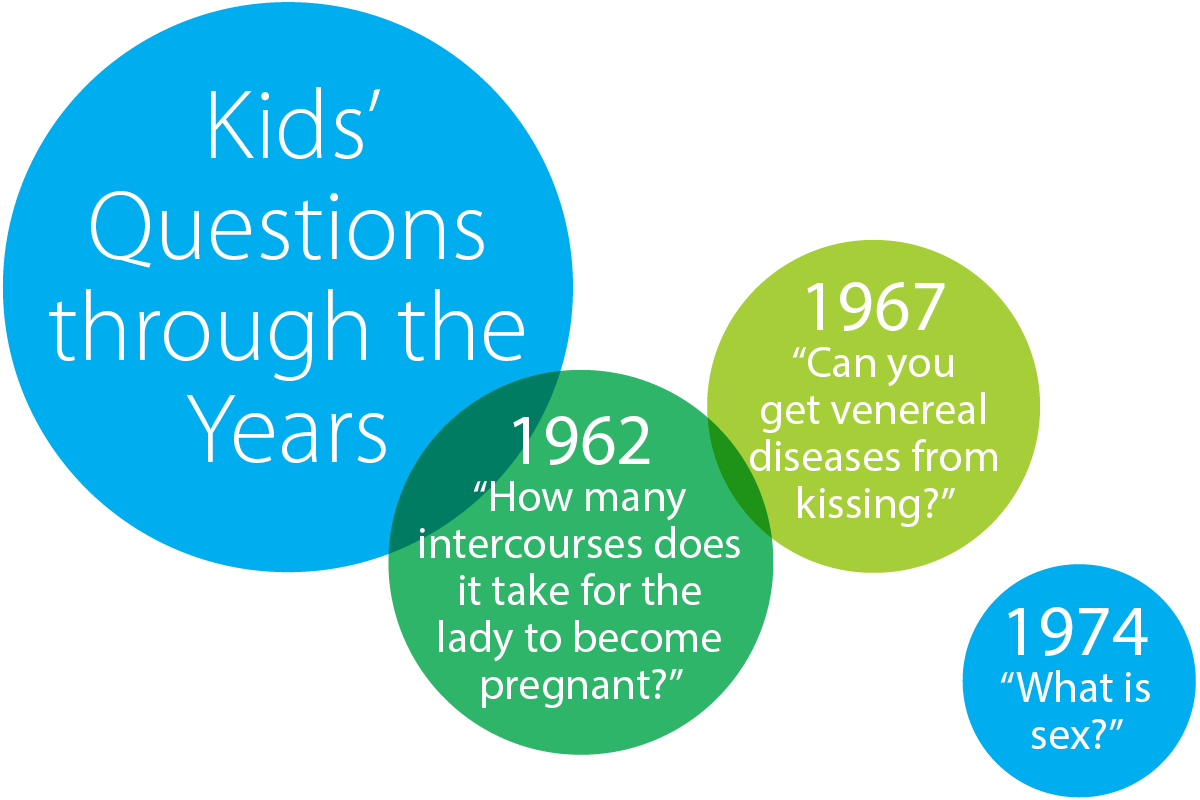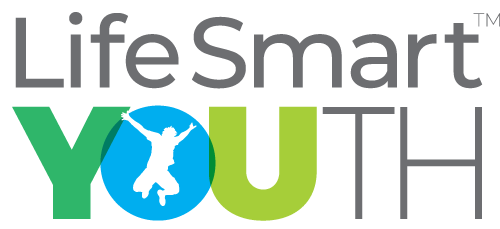Eight Decades of Guiding Youth to Lead Their Best Lives
LifeSmart Youth, formerly known as Social Health Association of Indiana, has a rich history of leading the way through a century of dramatic cultural changes in sexuality, education, and health. Along the way, LifeSmart Youth has provided more than 1 million classes answering kids’ questions about the changes in their bodies and relationships, and dealing with adolescence.
Over the last 8 decades, many of the questions have stayed the same, but LifeSmart Youth’s programs have continued to evolve to meet the challenges of each generation of youth, including the growing problem of bullying and cyber bullying.
Under the direction of charismatic and dedicated leaders and with the long-term support of funders including the United Way of Central Indiana, LifeSmart Youth literally wrote the book on Modern Sex Education and continues this legacy through current research on curriculum effectiveness.
What’s in a Name?
LifeSmart Youth was originally known as the Anti-Syphilis League of Indiana. Since then, it has been known as the Indiana Social Hygiene Association, the Social Hygiene Association of Central Indiana, Indianapolis Social Health Association, and Social Health Association of Indiana. Since 1942, regardless of what the organization was called, its mission has been to empower youth to make responsible choices and adopt healthy behaviors.
The Early Years of Social Health Education
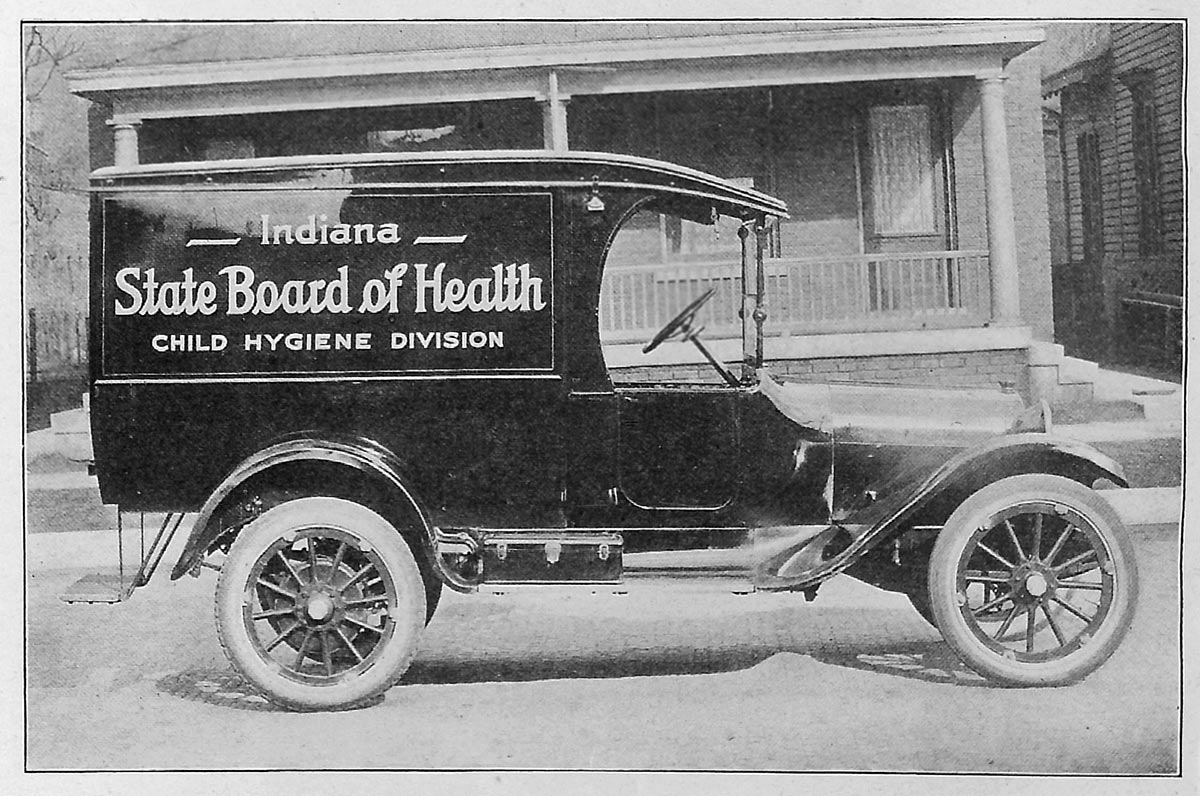 1890s – 1920s The Rise of the Social Hygienists
1890s – 1920s The Rise of the Social Hygienists
- While most Social Hygienists increased the public discussion of sexual issues, they were largely conservative with a focus on traditional social values. Social Hygienists emphasized sexual abstinence and strict self-discipline.
1907 – 1922 Indiana Society for Social Hygiene
- Dr. John Hurty, Indiana Secretary of the State Board of Health (1896- 1922) organized Indiana Society for Social Hygiene to address the public health issues of syphilis and gonorrhea.
- The group published “Social Hygiene and the Sexual Plagues,” aimed at preventing sexually transmitted diseases by changing male adolescent behavior. More than 100,000 copies of the controversial pamphlet were distributed.
1922 School-based Initiatives Begin
- Under the leadership of Dr. Thurman Rice, Hurty’s protégé, child and adolescent sex education began to be taught in schools. Most programs of the time emphasized the role of physicians and mothers as experts.
- Dr. Rice went on to gain national recognition for his sex education work, collaborating with the American Medical Association Bureau of Health and Public Instruction from 1933 until his death in 1952.
Anti-Syphilis League of Indiana
1937 – 1942 The Pre-cursor to LifeSmart Youth
- Lydia Woollen Ritchey and Nell Herrington of Indianapolis founded the Anti-Syphilis League of Indiana in 1937.
- After facing public apathy to its efforts, the League changed its name to the Indiana Social Hygiene Association in 1939 and adopted a “cradle to maturity” approach to education of “appropriate sexual behaviors.”
1942 An Indianapolis Focus
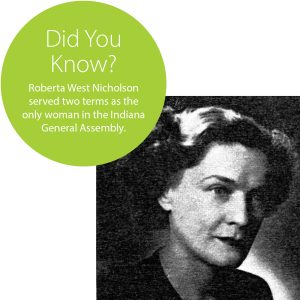 In order to receive funding from the Indianapolis Community Chest, the precursor to today’s United Way of Central Indiana, the Association changed its name – and focus – to the Social Hygiene Association of Central Indiana.
In order to receive funding from the Indianapolis Community Chest, the precursor to today’s United Way of Central Indiana, the Association changed its name – and focus – to the Social Hygiene Association of Central Indiana.- With the financial support, the agency hired its first Executive Director, Roberta West Nicholson, a nationally recognized social reformer, and moved into the Indianapolis Public Health Center.
A New Focus on Family
1947 Family Life Education
- Social Hygiene Association of Central Indiana worked to protect the role of marriage and family in society. It emphasized a high school education that included child rearing, money management, wedding planning and the seriousness of marriage.
- The first family living course in Indianapolis was taught at Arsenal Technical High School.
- Ruben Behlmer, who developed the Arsenal Tech family living course, published the class curriculum in national educational journals, which in turn influenced the development of a national family life curriculum. Social Hygiene Association of Central Indiana Executive Director Roberta West Nicholson at the time said, “This new family life education program prevents sexually transmitted disease by developing wholesome sex attitudes in growing generations.”
1953 – 1960 Hormonal Contraception
- In 1953, Gregory Pincus and Katherine McCormick began their research on hormonal contraception, under the urging of birth control activist Margret Sanger.
- The Food and Drug Administration approved the first birth control pill in 1960. While activists felt “The Pill” would strengthen marriages by preventing the strains of unplanned pregnancies, it became an immediate source of controversy with critics arguing that it led to the breakdown of the traditional family.
- Hormonal contraceptives continue to be one of the most popular options for adolescent contraception today.
1960 New Director and New Name
- Elizabeth Noland Jackson, who succeeded Nicholson as Executive Director, adopted the new name Indianapolis Social Health Association to reflect a shift in priorities to “promoting education for family living for children and parent groups.”
Evolution of Indiana Sex Education Curriculum
 1960 – 1970 Curriculum Controversy
1960 – 1970 Curriculum Controversy
- Under Elizabeth Noland Jackson’s direction as Executive Director, Indianapolis Social Health Association developed its own curriculum focused on presenting medically accurate information in a confidential and comfortable manner, allowing students to ask questions about the issues concerning them.
- In 1967, Indianapolis Social Health Association Executive Director Elizabeth Jackson collaborated with Cloyd Julian from Indianapolis Public Schools to publish Modern Sex Education. This comprehensive textbook provided a standardized text that could be implemented in schools across the country. The book was a success; it was reprinted in numerous editions until 1988.
- Also in 1967, the agency developed an integrated six-week sex education curriculum for grades 1 – 10 for the Metropolitan School District of Pike Township, known as the Pike Plan.
- Two years later, the “Concerned Parents of Pike Township” organization filed a lawsuit seeking to stop sex education in Pike Township permanently.
- In response to the public concern, the Indiana Department of Public Instruction established nine statewide guidelines for sex education in 1970.
1974 The Effect of the Sexual Revolution
- New Executive Director Mary Hall Bond was hired in 1974 during a period of tremendous change. The Vietnam War, Civil Rights Movement, Feminism, and the Sexual Revolution challenged many national values and traditions.
- The Sexual Revolution movement pushed for acceptance of contraception, premarital sex, homosexuality and the legalization of abortion. As the movement reached the mainstream, the term “family values” took on a more politically charged meaning.
- Under Bond’s leadership, the agency, now known as Social Health Association of Central Indiana, made the decision to focus solely on school-based sex education in order to stay out of the controversy surrounding issues raised through the Sexual Revolution.
Abstinence-Plus Sex Education
1982 – 1985 First AIDS programs
 As the national media coverage of Ryan White, an HIV positive teen from Kokomo, Indiana, increased, AIDS education became a public health issue in the Hoosier state. Social Health Association of Central Indiana’s first AIDS program, created in 1982, was among the curriculum.
As the national media coverage of Ryan White, an HIV positive teen from Kokomo, Indiana, increased, AIDS education became a public health issue in the Hoosier state. Social Health Association of Central Indiana’s first AIDS program, created in 1982, was among the curriculum.- In 1985, it incorporated AIDS into existing sexually transmitted disease lesson plans and later added an entire AIDS curriculum.
- The State of Indiana mandated AIDS education in 2005 and, with its experience on the topic, Social Health Association led or took part in several special projects.
1988 – 2000 The Nancy Haskell Years
- Nancy Haskell, who had frontline experience as a teacher in Plainfield High School and as Social Health Association’s Education Director, was promoted to Executive Director in 1988.
- A growing societal focus on STDs and AIDS in the early 1990s led other agencies to create sex education programs. For the first time, Social Health Association of Central Indiana had competition.
- As a result, in 1992 Social Health Association added “Life Skills,” the first new curriculum series since the 1960s. “Life Skills” focused on broader social health areas such as decision-making and self-esteem.
- The increased emphasis on abstinence-only education at the federal and state level in 1996 prompted Social Health Association’s Board of Directors to articulate a renewed focus on responsible choices and healthy youth behaviors.
- In 2000, the agency officially rebranded as Social Health Association of Indiana.
“I want to talk about sexuality from a positive standpoint. Who you are as a sexual being is wonderful. Your feelings are wonderful and you need to learn to express them in ways that are appropriate for whatever age you happen to be.”
Making An Impact
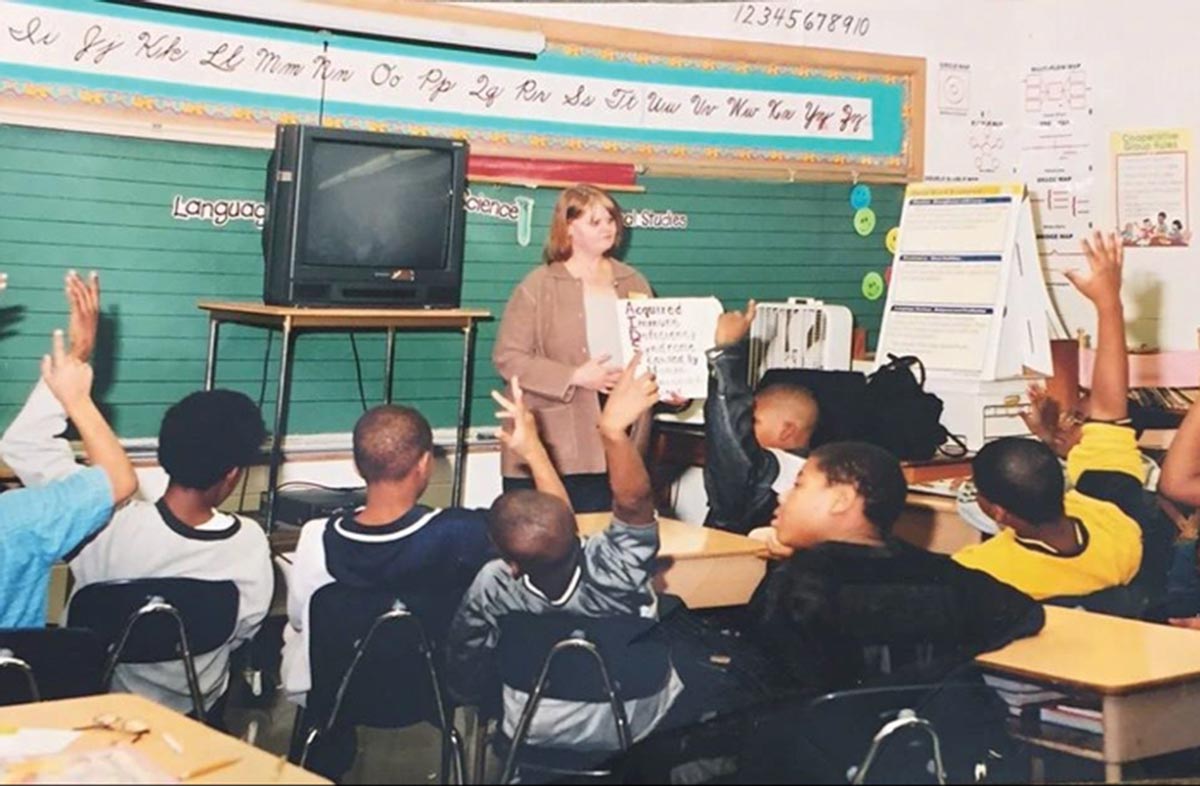 2000 – 2002 A Broader Reach
2000 – 2002 A Broader Reach
- New Executive Director Brad Gumbert made the decision to broaden the mission of Social Health Association of Indiana to include a wider range of health issues, including HIV/AIDS, bullying and violence prevention.
- In 2001, Social Health Association established its first violence prevention curriculum for after-school presentations.
2004 – 2006 Focusing on Puberty Education
- Under the more conservative leadership of Maribeth Ransel, Social Health Association focused its attention on the less controversial puberty education.
- Social Health Association provided services in parochial schools in 2004.
- Internet safety and bullying prevention were integrated into existing curriculum.
2007 – 2013 Strategic Partnerships and Evidenced-based Focus
- In 2007, the board hired Michael Howe to serve as the new Executive Director. Unlike his predecessors, Howe was less involved in program delivery and more focused on strategic planning, administration and fundraising.
- Under Howe’s leadership, Social Health Association brought new evidence-based curricula to the schools it served and placed Adolescent Health Coordinators in schools, through the support of the Indiana State Department of Health.
- The agency also worked to standardize its lesson plans and have them certified as medically accurate.
- The same year, Social Health Association created a parent educator position to expand parent programs, especially for at-risk populations.
- In 2008, the agency offered bullying prevention programs during summer camps.
- With funding from the Indiana State Department of Health and Indiana Family Health Council in 2012 the agency tripled its funding — in five days!
Looking Ahead, Moving Forward
2014 – 2018 Building Resources and Audiences
- In 2014, Social Health Association hired Tonja Eagan as CEO. She has been tasked with building agency capacity and expanding partnerships and resources to ensure the long-term sustainability of the agency.
- Social Health Association served 42,760 students, ages 5 – 18, in the 2013-2014 school year – its largest cohort ever.
- For the first time, Social Health Association has a formal marketing and public relations plan to actively educate the public about its mission and programs.
2014 Degreed and Experienced
- Social Health Association grew to employ the largest staff in the agency’s history with 25 employees, including 20 highly educated Health Educators, two-thirds of whom held a master’s degree.
- Health Educators are specialized to particular age groups or programs, and some are co-located within a school district.
2018 New Name and New Look
- 2017 and early 2018 involved many brainstorming and research sessions toward creating a new identity that better reflected who we are and where we’re going as an organization. In May of 2018 it was official—Social Health Association of Indiana became LifeSmart Youth, Inc.!
For those of you who have steadfastly followed the progress of Social Health Association over our 75 year history, there’s no need to worry—we remain dedicated to our mission to empower Indiana youth to make responsible choices and adopt healthy behaviors. If anything, this process has deepened our understanding of the need to evolve and help our children maneuver through the challenges they face every day.
We will continue to offer programming that helps students learn to live their best lives, focusing on current topics that address such themes as cyber safety, bullying, healthy dating behaviors, and more. But we recognize there’s always more work to be done to better serve our youth and community, and our new name and logo comes with a promise to do just that.
We are so excited for this transformation which will enable us—even more than we already have—to guide youth to lead healthy and safe lives…for generations to come.
